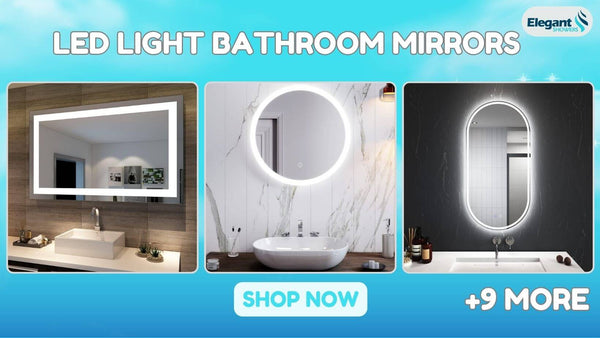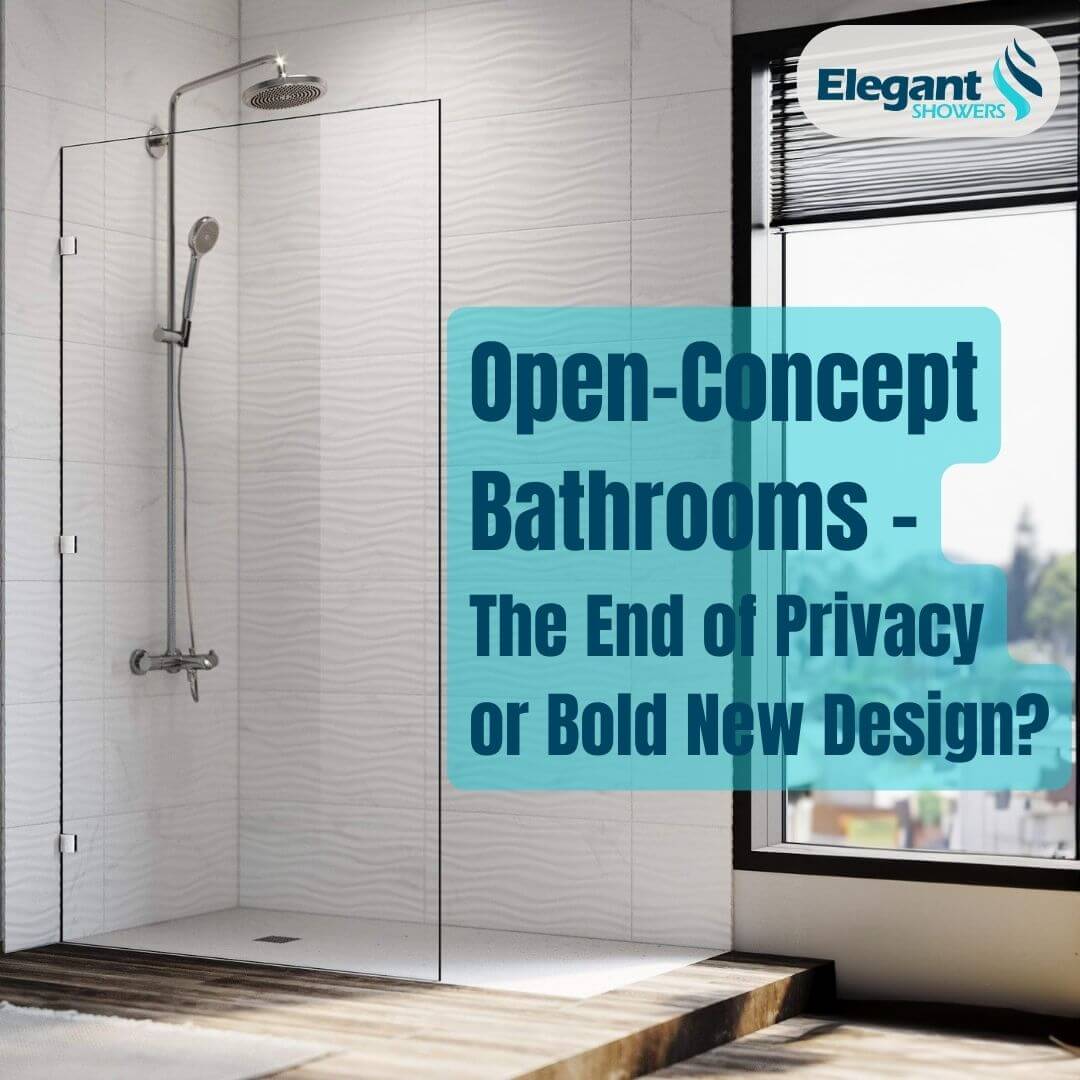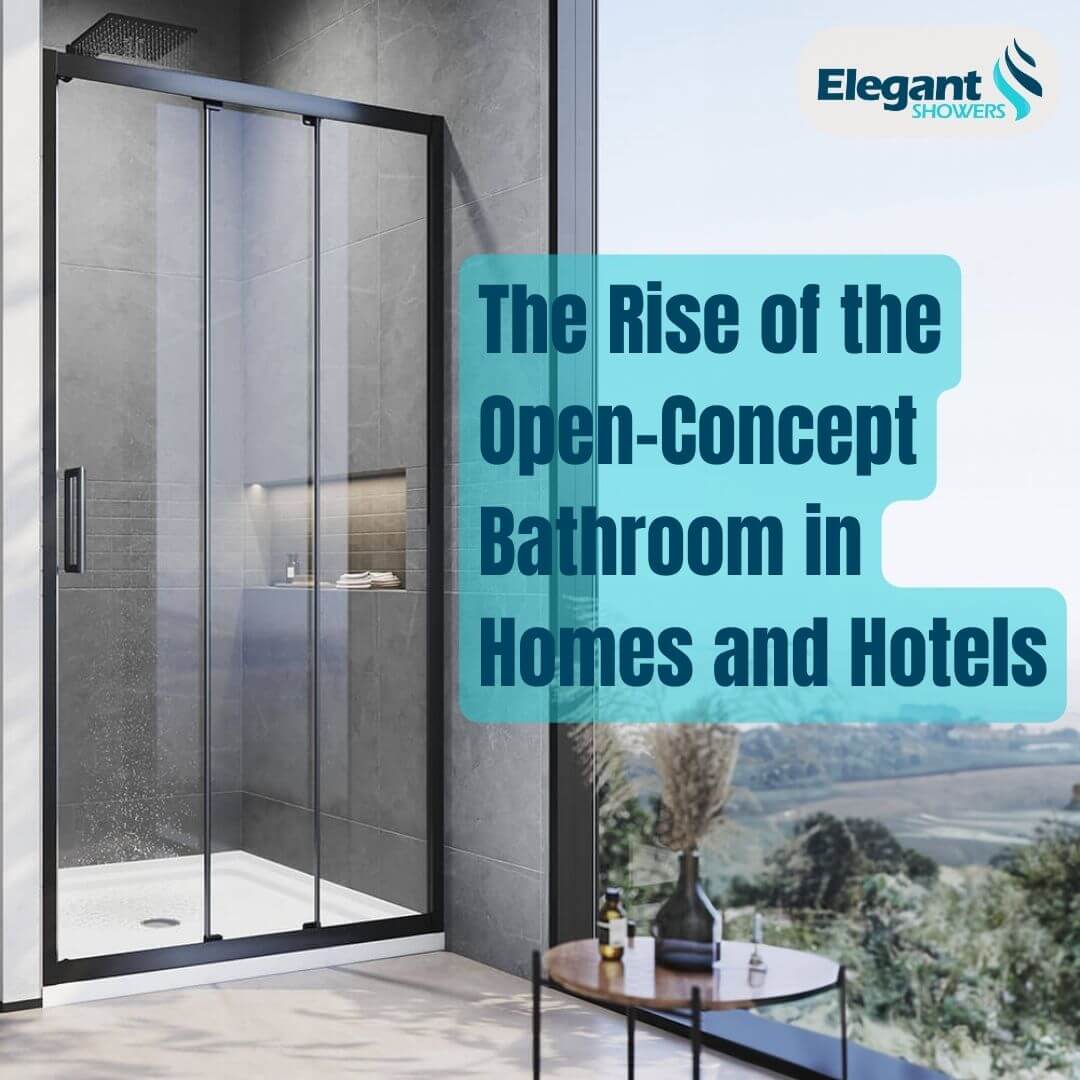Introduction
When designing your dream bathroom, one of the biggest decisions you'll make is choosing between a freestanding tub versus a built-in tub. The type of bathtub you select impacts everything from your layout options to your decor.
Before picking style over substance, weighing the unique pros and cons of freestanding and built-in tubs is important. You can determine which tub type will optimise function and aesthetic appeal by evaluating your bathroom space, budget, and needs.
The Pros and Cons of the Freestanding Bathtubs
Freestanding bathtubs are standalone models that do not attach to walls. The floor or a pedestal base supports them. The exposed exterior provides design flexibility, allowing for oval, round, square, rectangular, and exotic curved shapes.
With freestanding tubs, you can position the tub anywhere in your bathroom layout, not just against walls. The open base is easier to clean than built-in models.
Accessing the tub from all sides also simplifies entering and exiting. Freestanding tubs make eye-catching style statements, serving as centrepiece focal points with their unique silhouettes. You can customise finishes and materials to coordinate with your decor.
On the downside, freestanding tubs occupy more floor space. Extra room is needed all the way around for access purposes. Due to more complex designs, freestanding tubs also typically have higher price tags than built-in versions. Proper support and level installation are imperative to prevent surface cracking or leaks over time.Additionally, freestanding tubs require meticulous cleaning and maintenance routines to preserve their pristine appearance and longevity.
The Pros and Cons of the Built-In Bathtubs
A built-in tub is installed against and supported by three walls, most commonly in an alcove or platform design. The tub edge aligns flush with the surrounding tile or enclosure.
Built-in tubs come in corner, oval, rectangular, and other standard shapes to fit typical bath spaces. Built-in bathtubs offer several advantages. Alcove and platform tubs maximise floor space since only the basin extends into the room.
Support on three sides also provides a sturdy base able to withstand years of use. Built-in tubs tend to be the most affordable option. Their subtle presence blends seamlessly into bath decor rather than commanding attention.
The downsides of built-in tubs relate to a lack of flexibility. You're limited to tub sizes and shapes that align with available wall space. Unique curvaceous designs are not an option.
Cleaning and accessing all sides can also be challenging, with walls enclosing the tub on three sides. If you later want to reconfigure your bathroom layout, built-in tubs cannot be easily moved.
Freestanding vs. Built-in Tubs: How to Choose the Suitable Bathtub?
When deciding between freestanding vs. built-in tubs, keep these key considerations in mind:
- Available Space - Measure your bathroom dimensions. Built-in models fit well even in compact layouts. Freestanding tubs need open floor space.
- Budget - Built-in tubs are generally the cheaper choice. Unique freestanding styles range widely in price.
- Design Aesthetic - Built-in tubs blend seamlessly into subtle minimalist decor. Freestanding makes a bold style statement.
- Ease of Installation - Built-in tubs conveniently fit existing alcoves. Freestanding requires meticulous leveling and support.
- Frequency of Remodeling - Built-in tubs can't move if you alter the layout. Freestanding offers flexibility for changes.
Built-in bathtubs are ideal when bathroom space is limited. The three-walled frame maximises floor plan efficiency. Built-in models also suit those wanting a subtle, integrated tub look cohesive with their overall decor.
Freestanding bathtubs shine in larger, open bathroom layouts. Their spacious footprint lets them serve as a striking style centrepiece. Unique sculptural freestanding tubs make the most design impact.If you anticipate changing your bathroom layout over time, freestanding tubs can simply be relocated.
Click here to know more about built-in club:
Freestanding vs. Built-In Bathtubs: Pros and Cons
Conclusion
Determining the best bathtub design for your home requires balancing practical needs with aesthetic appeal. Built-in tub models optimise floor space and affordability.
Freestanding tubs provide flexible placement and easier access. Assess the pros and cons of your goals, space, and budget.
With knowledge of each tub style's strengths, you can make the ideal choice to enhance your bath for years to come. Select thoughtfully, and your tub will become a beautiful and functional focal point, bringing your dream bathroom vision to life.
Read More
- Framed VS Frameless Shower Screens - Bathroom - Glass Door - Enclosure
- Sliding vs Pivot Shower Screen: Comparing the Pros and Cons!
- Shower Screen Materials Face Off: Aluminum vs. Steel vs. Glass
- 21 Clever Hacks: Maximize Storage in Your Teeny Tiny Bathroom
- The Rise of the Open-Concept Bathroom in Homes and Hotels






